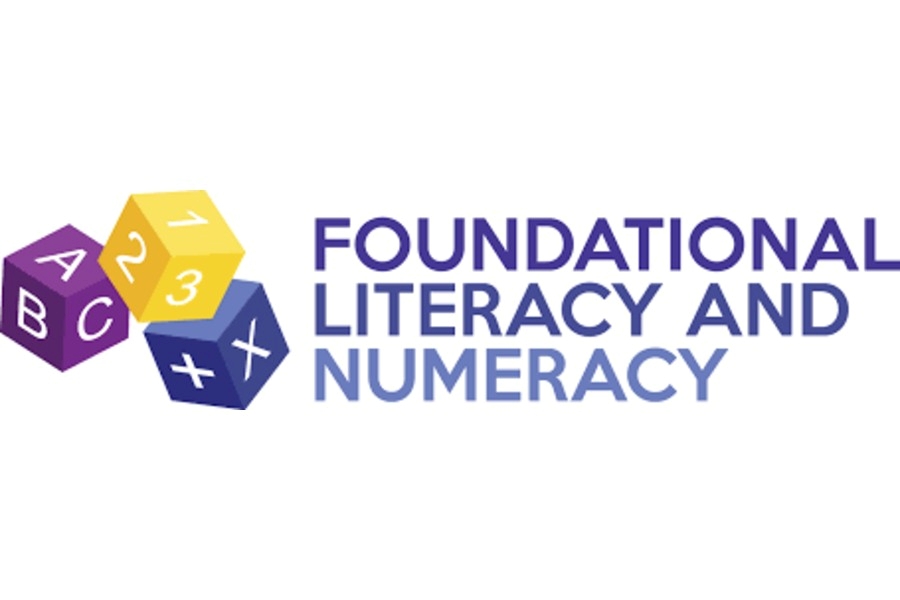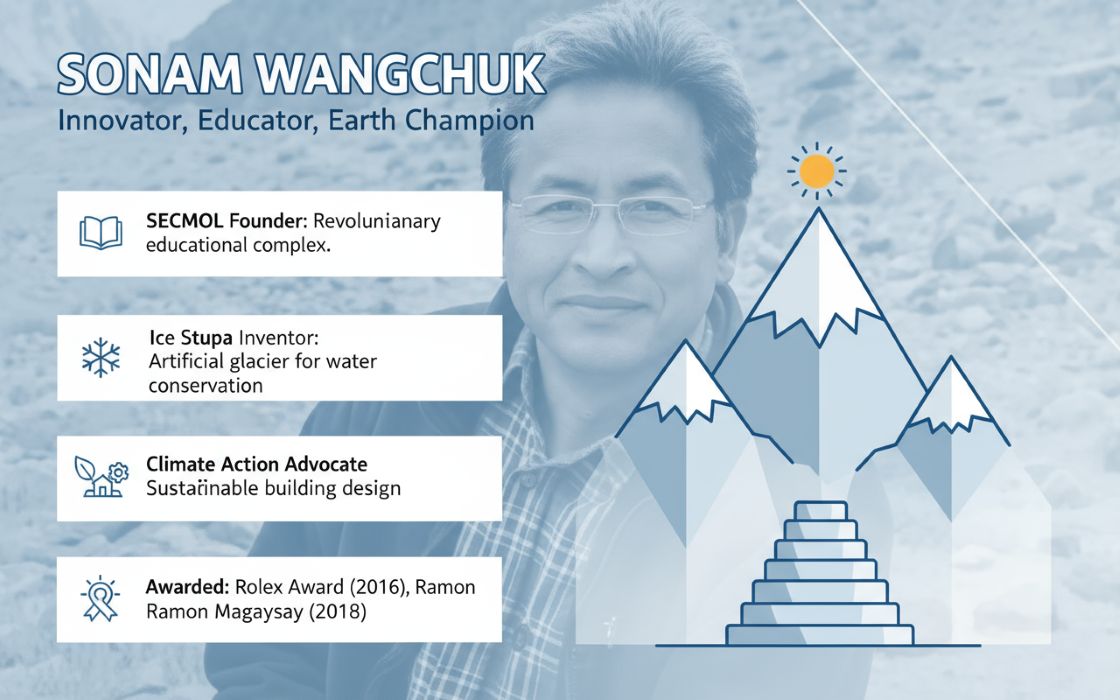In this exclusive interview, TheCSRUniverse is in conversation with Rumi Mallick Mitra, Director of Corporate Responsibility at EY Global Delivery Services (EY GDS), to discuss the organization’s deep-rooted commitment to environmental sustainability through innovative wetland conservation initiatives. With an emphasis on nature-based solutions like floating treatment wetlands featuring Canna Indica, Mitra articulates how EY GDS is leveraging ecological innovation to address urban water pollution, restore biodiversity, and galvanize community participation. She also elaborates on the broader Environmental, Social, and Governance (ESG) agenda at EY GDS—highlighting partnerships, impact metrics, and the powerful role of corporate collaboration in shaping policy, empowering volunteers, and driving systemic change in conservation efforts.
Scroll down to read the full interview:
Q. What motivated EY GDS to focus on wetland conservation, and how does this initiative align with its broader environmental sustainability goals?
A. Wetlands are vital ecosystems that support 40% of the world’s species and provide numerous benefits, including water purification, flood control, carbon sequestration, and habitat preservation. Global studies indicate that more than 87% of wetlands have been lost over the past 300 years, and ongoing research continues to assess the impact of wetland degradation on livelihoods and the achievement of Sustainable Development Goals (SDGs).
EY GDS's commitment to wetland conservation stems from its broader environmental sustainability goals and recognition of the crucial role wetlands play in maintaining ecological balance. By conserving and restoring wetlands, EY GDS aims to address pressing environmental challenges and contribute to global climate action. The floating wetland initiative, for example, integrates nature-based solutions into our corporate responsibility framework, reinforcing our commitment to sustainable development.
Q. How do floating wetlands, particularly the use of Canna Indica, contribute to water quality improvement, and what are the long-term ecological benefits of introducing them in urban lakes?
A. Artificial Floating Gardens, also known as Floating Treatment Wetlands (FTWs), have been piloted as a water treatment technology due to their ability to remove organic matter, metals, and emerging trace pollutants such as antibiotics and pesticides. In India, urban water bodies are often polluted by domestic waste, which contains high levels of total suspended solids (TSS), organic substances, nitrogen, and phosphorus.
The commonly seen wildflower Canna Indica (often spotted along roadsides and gardens) has been effectively used in floating gardens due to its extensive root system, which acts as a natural filter for wastewater treatment. The roots trap suspended solids, while the rhizosphere decomposes organic pollutants biochemically and promotes the growth of beneficial microorganisms.
The use of floating gardens for urban water bodies has been explored for some time. For this initiative, we collaborated with local urban bodies responsible for lake management, ecology experts, and solution providers. What makes this intervention practical is that the floating gardens are made from low-cost, locally available materials that are easy to assemble, maintain, and replace sustainably.
While FTWs have gained attention recently, more research is needed to fully understand their long-term impact on urban wetlands. However, their potential in carbon sequestration, urban greening, increased biodiversity, and nutrient recovery is undeniable.
Q. How does the participation of 200 EY GDS volunteers reflect the organization’s approach to corporate social responsibility, and what impact does such engagement have on employee morale and environmental awareness?
A. One of the core themes of the EY Corporate Responsibility program, EY Ripples, is Accelerating Environmental Sustainability. This initiative encourages the adoption of sustainable business models, technologies, and behaviours that protect and regenerate the environment while unlocking economic opportunities. A key focus is driving behavioral change by empowering individuals to make sustainable choices and participate in activities that positively impact the planet.
Throughout the year, thousands of EY GDS volunteers take part in large-scale urban tree plantation drives, public cleaning initiatives, and innovative programs such as floating gardens. These activities help foster environmental responsibility and provide employees with meaningful, hands-on experiences. Many volunteers have gone on to lead their own initiatives focused on waste management, water conservation, and afforestation.
Despite increased awareness about climate change, employees are eager for opportunities to take direct action. Volunteering in environmental projects allows them to engage with experts, NGOs, and communities, providing a sense of fulfilment while contributing to EY GDS’s sustainability goals.
Q. Beyond floating wetlands, what additional measures is EY GDS taking as part of its ESG and CSR efforts? Could you elaborate on key initiatives?
A. EY GDS’s corporate responsibility efforts focus on environmental stewardship, social responsibility, and strong governance. Key initiatives include reducing our carbon footprint, fostering an inclusive workplace culture, and promoting sustainability through services, operational practices, and community engagement. These efforts support long-term value creation while maintaining ethical and sustainable business practices in alignment with EY’s global sustainability commitments.
EY collaborates with organizations worldwide to drive action on water conservation, biodiversity, and ecosystem restoration. Our corporate sustainability strategy includes not only an ambitious carbon reduction target but also a commitment to promoting nature-positive practices.
In India, EY GDS partners with nonprofits to implement initiatives such as social forestry, agroforestry, biodiversity conservation, and wetland management. Collaborating with NGOs and government bodies enables us to leverage diverse expertise and resources to address complex environmental challenges effectively.
Q. Considering rapid urbanization, how can corporate-led environmental initiatives like this influence government policies, community-driven conservation efforts, and scalable solutions for water pollution?
A. Corporate-led environmental initiatives can drive significant awareness and action, accelerating community-driven conservation efforts and paving the way for scalable solutions. Over time, these efforts can also inform and influence government policies.
Our approach focuses on two key aspects:
- Driving visible action in urban areas through innovative projects like floating gardens.
- Supporting systemic change in environmental conservation, particularly for the long-term restoration of already damaged ecosystems.
Floating gardens, as an innovative nature-based solution, can serve as a model for water pollution mitigation in urban areas. By piloting and demonstrating the effectiveness of such solutions, we encourage wider adoption across water bodies in India.
For example, in a long-term impact initiative, EY GDS collaborates with SEEDs for the Sundarbans Resilience Initiative – Eco-Sustainability Framework, which aims to restore mangrove cover, rejuvenate aquatic life, and develop an integrated blue economy model. These initiatives showcase the power of strategic and consistent sustainability efforts, often inspiring policymakers to support similar interventions through regulatory frameworks and incentive schemes.
Q. From an industry perspective, how can businesses across sectors collaborate to drive large-scale environmental change, and what role do corporate sustainability commitments play in shaping policy and public action?
A. Businesses across sectors are increasingly investing in large-scale environmental restoration initiatives. However, successful collaborations require a strong commitment from all stakeholders and an alignment of interests—whether in environmental impact, social responsibility, or long-term business growth.
Effective partnerships often bring together stakeholders with different motivations but shared objectives. Sustainability considerations have long been integrated into EY GDS’s decision-making processes, even before the rise of regulatory frameworks. Our publicly announced sustainability commitments continue to drive value creation, innovation, and growth while influencing broader industry practices.
Increased corporate investment in sustainability solutions helps drive public action and policy changes. For instance, greater citizen engagement in urban environmental projects and stricter waste management regulations are some of the outcomes of growing corporate participation in sustainability initiatives.
Q. What are the impact metrics for these initiatives? How do you measure success?
A. EY GDS follows a well-defined framework to track, measure, and report the outcomes of its sustainability interventions. Our impact assessment includes:
- Net Zero Goal Progress: Tracking our organization-wide decarbonization strategy.
- Operational Footprint: Measuring reductions in greenhouse gas emissions, energy consumption, waste generation, and water usage.
- ESG & Sustainability Reporting: EY adheres to global reporting standards, including CSRD, CDP, TNFD, and TCFD, ensuring transparency and accountability.
For us, success is measured not just by quantitative metrics but also by our ability to drive long-term sustainability action across our business, stakeholders, and communities. Our initiatives are aligned with the Sustainable Development Goals (SDGs), ensuring that nature-based solutions deliver measurable benefits to both ecosystems and local communities.

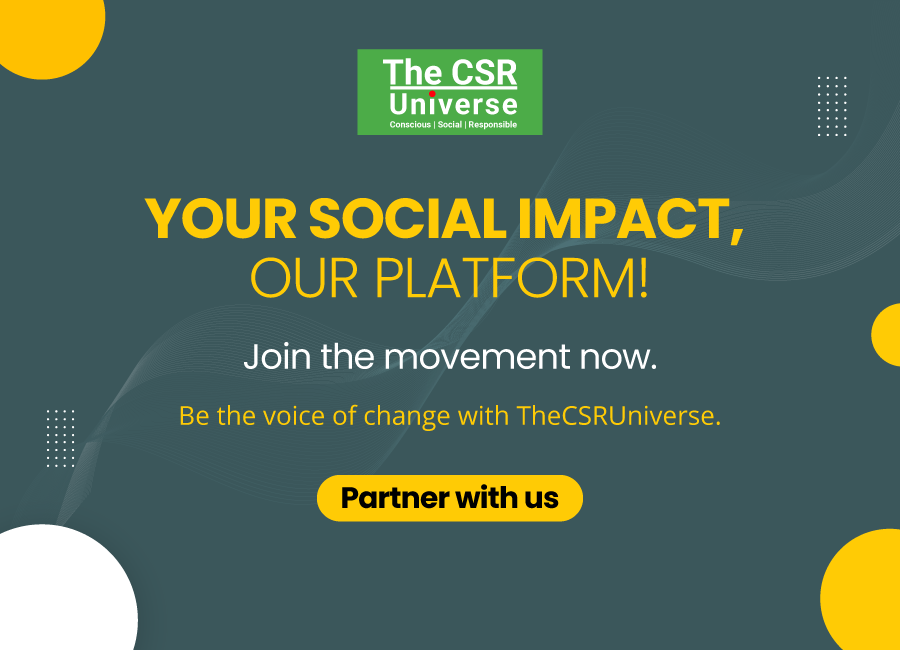



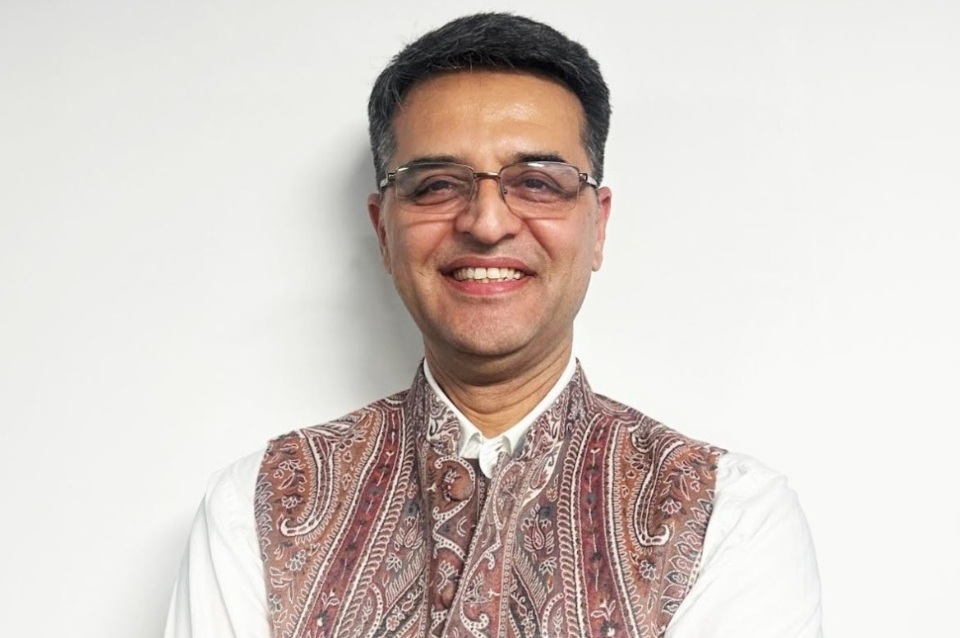
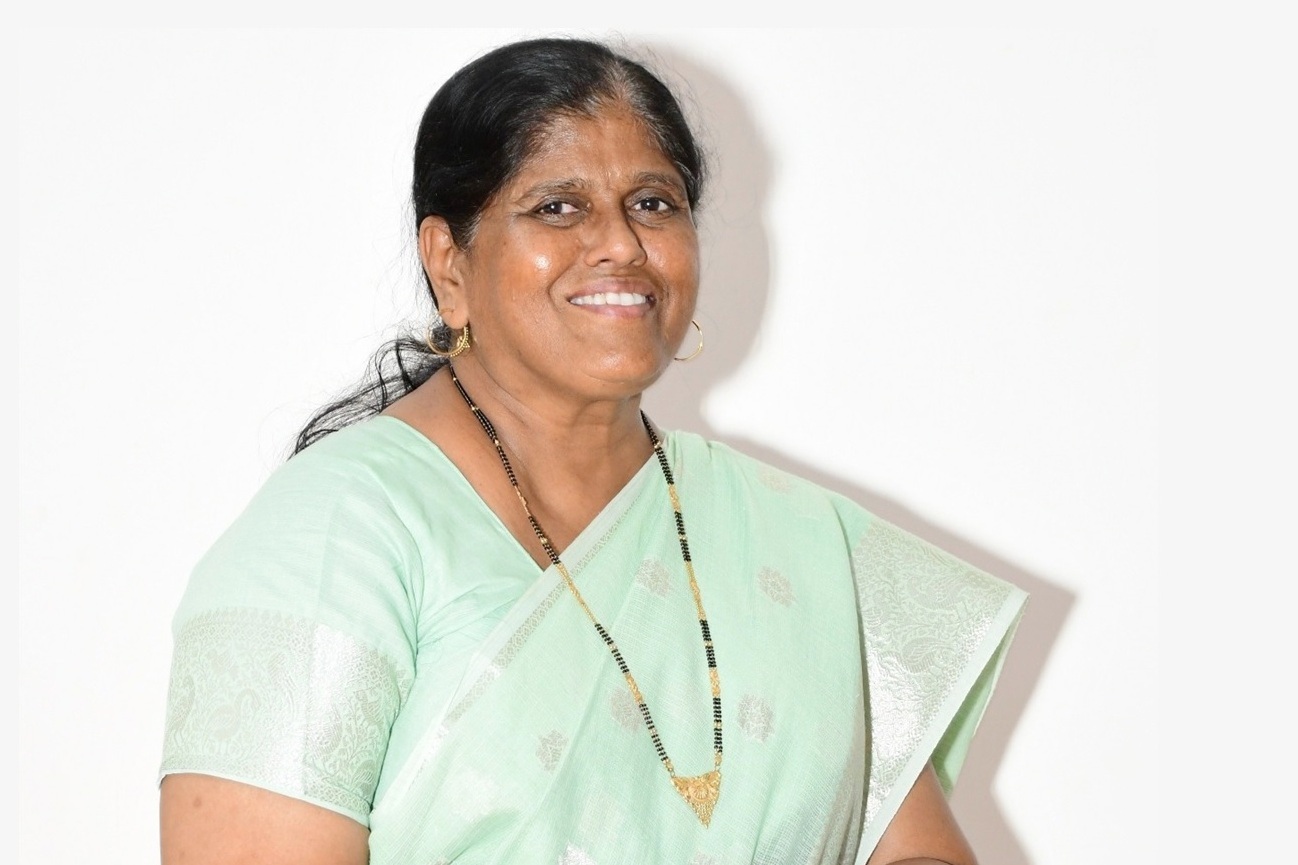


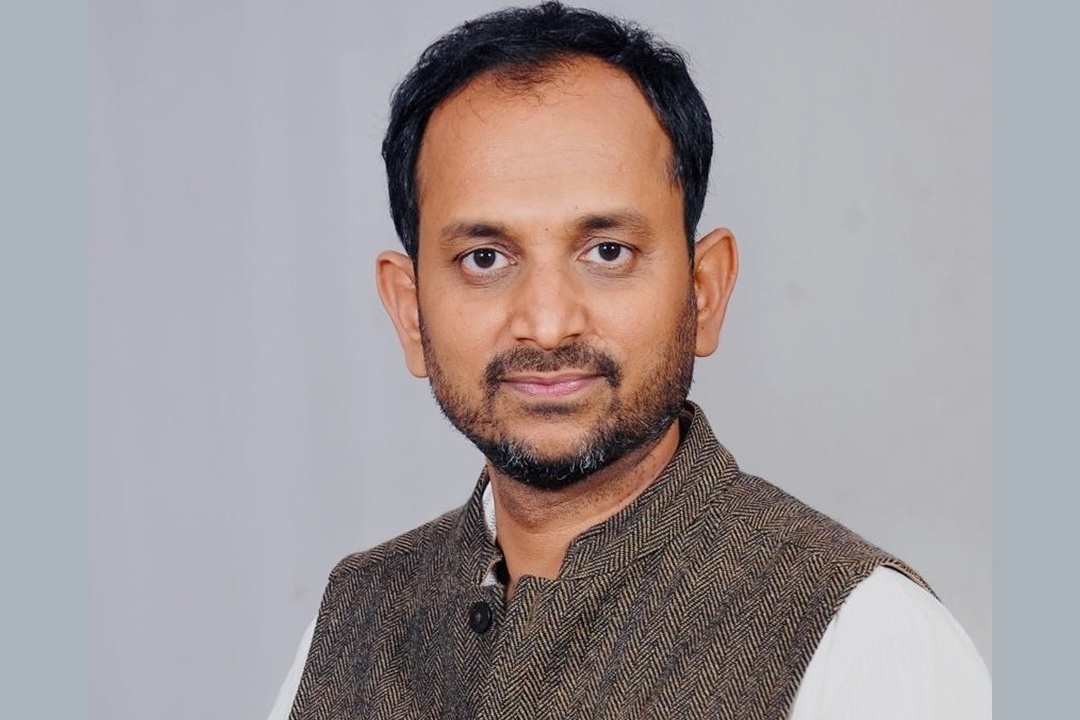
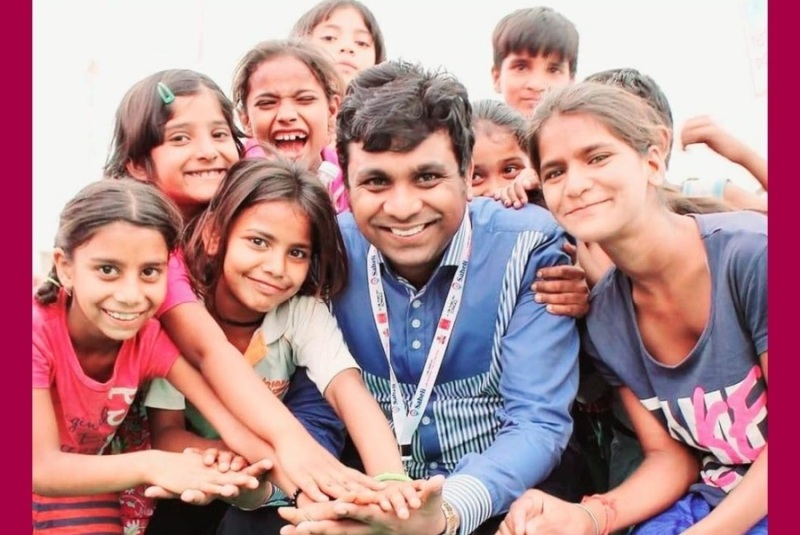
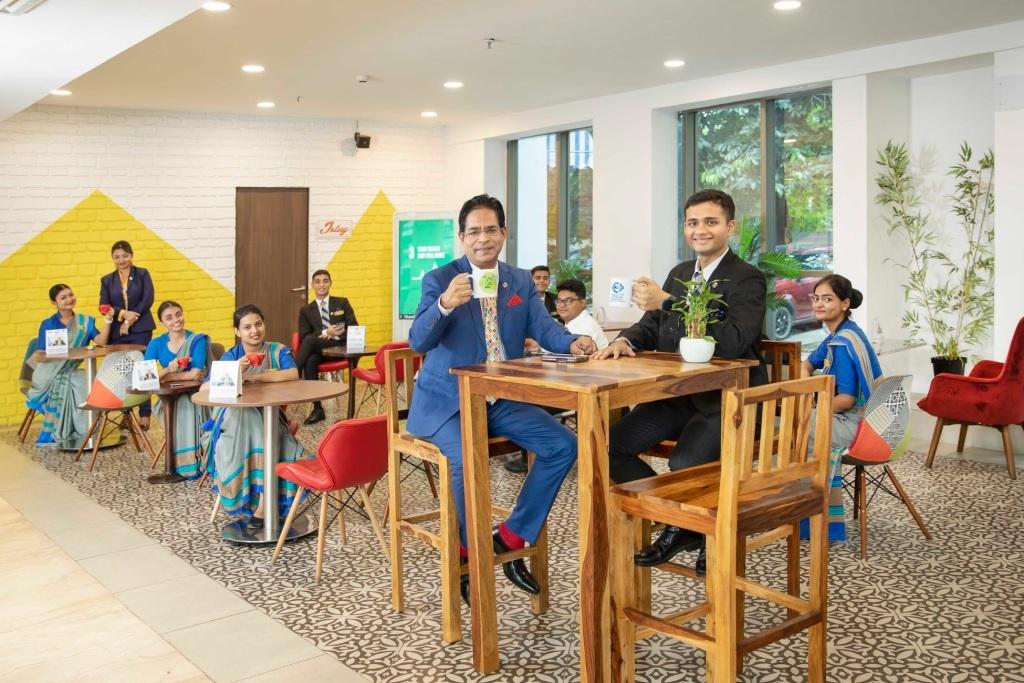


.jpg)
